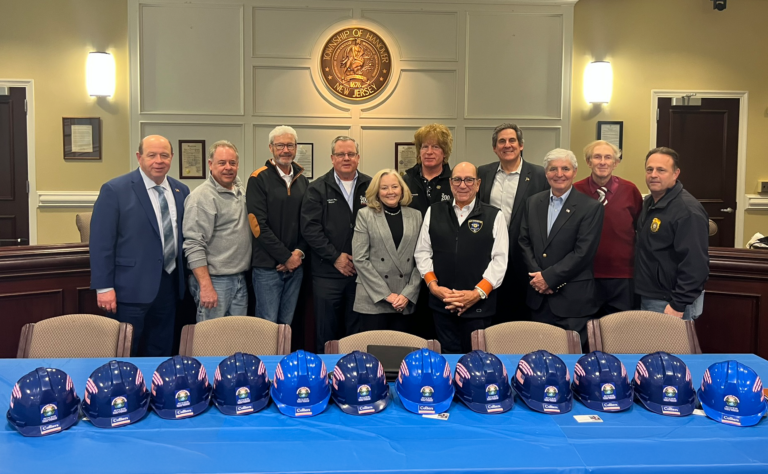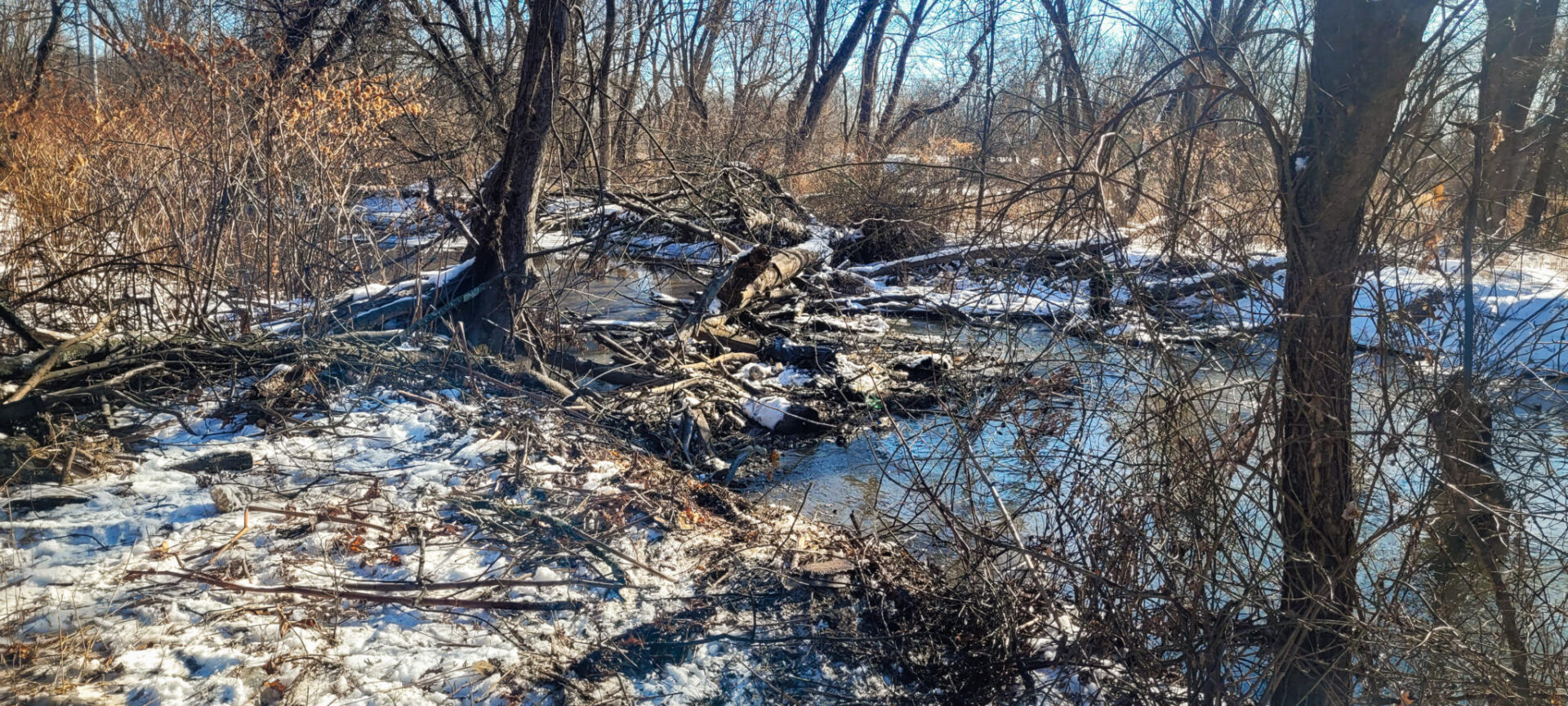The Mayors’ Strikeforce: A Bipartisan Effort Making Waves Across New Jersey

The Whippany and Passaic Rivers, and their tributaries have experienced a significant accumulation of debris and sediment over 60 years or more contributing to frequent flooding in the contiguous municipalities. Many lifelong residents remember when the rivers ran fast and without obstructions. Today, it is a different story.
Recognizing that this was not a problem that only affected one municipality, the mayors from seven towns; East Hanover, Hanover, Florham Park, Morris Plains, Parsippany-Troy Hills, Morristown, and Morris Township joined together in a bipartisan effort to take action. As a result, the seven municipalities formed the Whippany-Passaic Rivers’ Flood Remediation Task Force for the purpose of laying out a master plan to mitigate the common problem of flooding faced by each of the seven towns. To initiate the project, a Shared Services Agreement was signed by each of the seven municipalities. Hanover Township serves as the Lead Agency with Business Administrator Joseph Giorgio as the Shared Services Coordinator.
From Task Force to Strike Force
Teaming up with professional municipal engineers, the first task was to research any available grants that could fund the project. The Task Force also retained the services of Colliers Engineering & Design. Andrew Hipolit, PE, PP, CME, CFM CPWM and Jeffrey Betz, PE, CME, MBA were the two “team leaders” providing guidance and assistance in formulating the Task Force’s plan of action. In 2023, a $1.5 million grant was secured with the assistance of Congresswoman Mikie Sherrill. The grant is administered by the United States Department of Agriculture.
The Mayoral Task Force consists of: Mayor Thomas “Ace” Gallagher of Hanover Township; Mayor Joseph Pannullo of East Hanover; Mayor Timothy Dougherty of Morristown; Mayor Mark Taylor of Florham Park; Mayor Donna Guariglia of Morris Township; Mayor James Barberio of Parsippany Troy-Hills; and Mayor Jason Karr of Morris Plains.
The mayors collaborate and work together as a bipartisan team with the sole objective of resolving a long-standing problem. Assisting the Task Force are John Centanni, East Hanover OEM Director; Thomas A. Quirk, Hanover Township OEM Director; Stephen Shaw, Member/Morris County Board of Commissioners; East Hanover Township Administrator Joseph Tempesta and the various DPW Superintendents of the participating municipalities.
Over the years, each municipality was working alone addressing individual matters as they arose—fixing damage as it occurred. Now, with the Task Force in place, by pooling their efforts and resources, they were able to fight their way through a lot of red tape and finally began getting tangible results that could be seen and felt by all of the communities.
With miles of River to study, a survey was conducted via a helicopter flight in 2024. The aircraft was outfitted with survey equipment from Colliers Engineering & Design, enabling an in-depth analysis of the tributaries, beds and banks of the Whippany River. Over a few hours of flight, thousands of images were captured and eventually studied, identifying over 50 locations with severe debris build up and erosion. With the federal grant being administered by the USDA, the Task Force would be able to clean up debris, de-snag and stabilize riverbanks on their own.
From this, five sites were unanimously selected collectively by the Task Force to be the first locations of action. These sites would be de-snagged by cleaning up the debris such as logs, tree limbs, branches and other objects to allow the flow of water to move uninterrupted. This also included the stabilization of the riverbanks.

Continued Expansion
The first efforts of de-snagging officially broke ground in January. Joining the activities were officials from Morris County, several Offices of Emergency Management from the participating municipalities, and the contractor hired to remove the debris. Once underway, the changes to the Whippany River were immediate. As a result of their efforts, once the water began to flow again, it helped to flush-out additional debris.
Before work began, if residents walked alongside the river, it was filled with debris in the waterbeds, dozens of fallen trees crossed the river, and the once rushing water was only inches deep. Watching the sites be cleaned out was eye opening to all of those in attendance, with dumpsters filled with materials and seeing the river coming back to life.
The first two locations were completely de-snagged by early February. As the debris filled dumpsters, the results were fast and the water began to run freely again, laying the foundation for a better future for the region.

The Future of the Rivers
All the mayors agree that this is only the beginning of the Task Force activities, with plenty more sites to de-snag, the Passaic River to survey, and even hydro-raking and stabilization sites marked for the future.
Above all, they credit their success to open communication and bipartisan cooperation. With the signed Shared Service Agreements, several local operations have been able to assist in the project as needed the project, adding resources as the project begins to grow.
An additional grant of $500,000 was secured in 2024, with hopes of larger grants as work continues. In February 2025, more sites were unanimously selected to continue de-snagging efforts, even approving local cleanups involving residents to bring everyone together.
For more information contact the Whippany River Task Force.
Or reach out to Mayor Thomas “Ace” Gallagher: 973-441-0114
